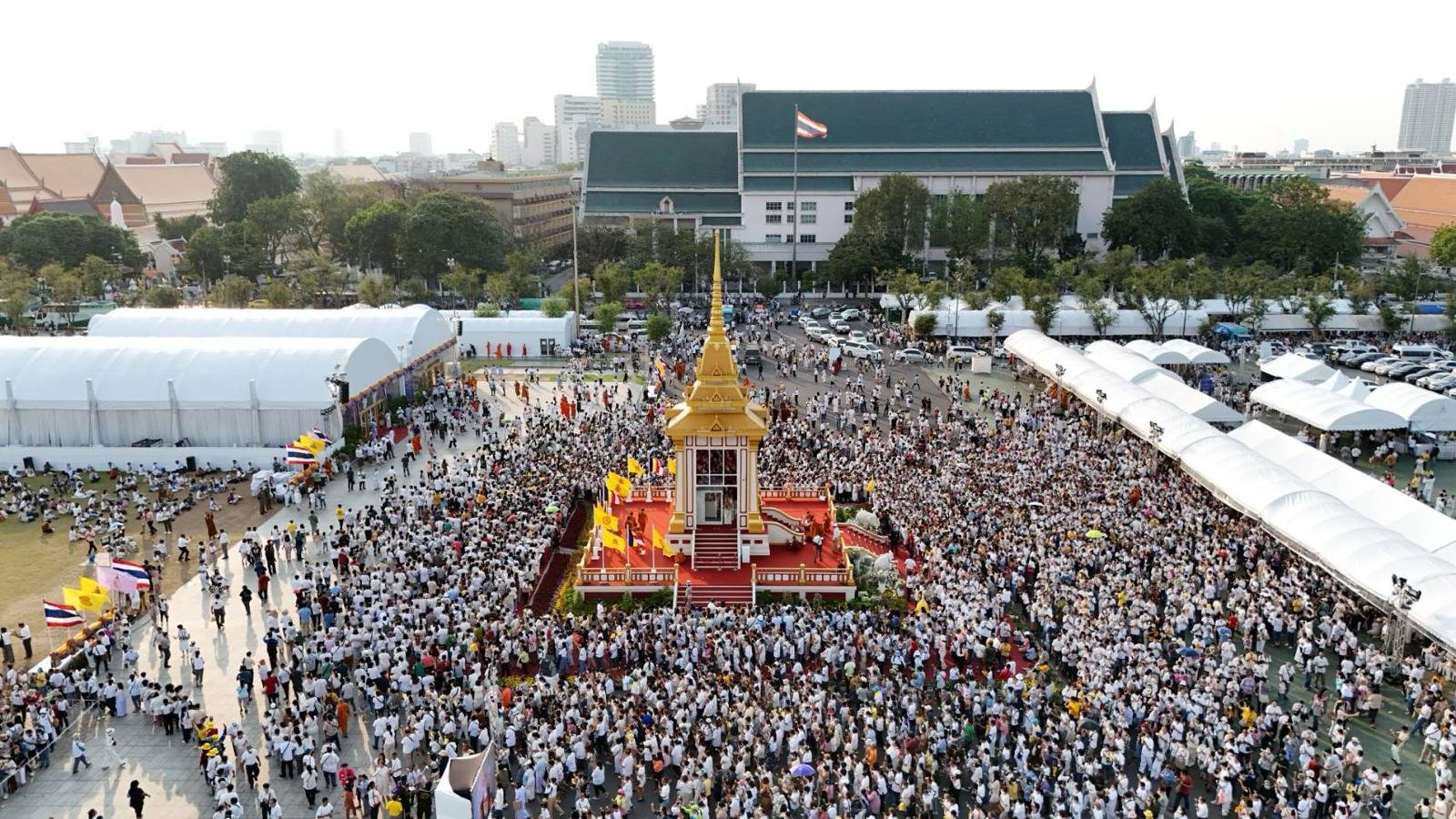Sweet deals, sweeter opportunities
Chinese and Indian soldiers traded candy at five locations along the Line of Actual Control (LAC) on Diwali. Although sharing candy is a yearly Diwali custom that represents friendliness, this year’s exchange signaled the end of a major disengagement process along the border. The ceremony didn’t have any cultural events like previous ones, but the deed itself had more profound ramifications for both countries and their relationship. The Indian government announced the pullout on October 21 in anticipation of Prime Minister Narendra Modi and Chinese President Xi Jinping’s impending meeting at the BRICS summit in Kazan, Russia.
China affirmed that a deal had been reached to terminate the protracted impasse that was brought on by the 2020 Galwan hostilities, which claimed the lives of 20 Indian soldiers. Both forces are dedicated to synchronized patrolling, and since then, patrols have resumed at strategic locations of conflict in Demchok and Depsang Plains.
This entails removing temporary structures, withdrawing troops, and conducting a verification procedure to guarantee complete disengagement.
In order to ensure safe and well-coordinated patrolling, local commanders are currently striving to improve protocols. Brigadiers and officers from both sides are leading these discussions, which are intended to reduce hazards at the border and avoid misunderstandings. Both parties understand that a Galwan-style conflict is unfavorable to any party and must be avoided at all costs. Over the last four years, India has strengthened its stances in Ladakh and other areas. This move toward collaboration marks a watershed in India-China ties and suggests a cautious but constructive move in the direction of long-term stability.
Though unsolved border disputes and the 1962 conflict have clouded diplomatic relations, India and China have historically had strong cultural and civilizational ties. This recent disengagement demonstrates the two nations’ capacity to work together in areas where both parties stand to gain, even though it is not a comprehensive resolution to the border conflicts. Their growing economic relations demonstrate that cooperation does not have to wait for territorial agreements to be finalized, even in the face of persistent tensions.
Other synergy opportunities are available on the larger diplomatic scene. China’s backing of India’s application for permanent membership on the UN Security Council would be extremely beneficial, enabling India to participate more actively in international decision-making alongside other permanent members. In the end, this most recent disengagement shows that both countries are open to finding a diplomatic solution to disputes. As neighbors with similar cultural backgrounds and interconnected economic destinies, China and India stand to benefit much from investments in stability, mutual trust, and interpersonal relationships.
Dr. Abhishek Verma




